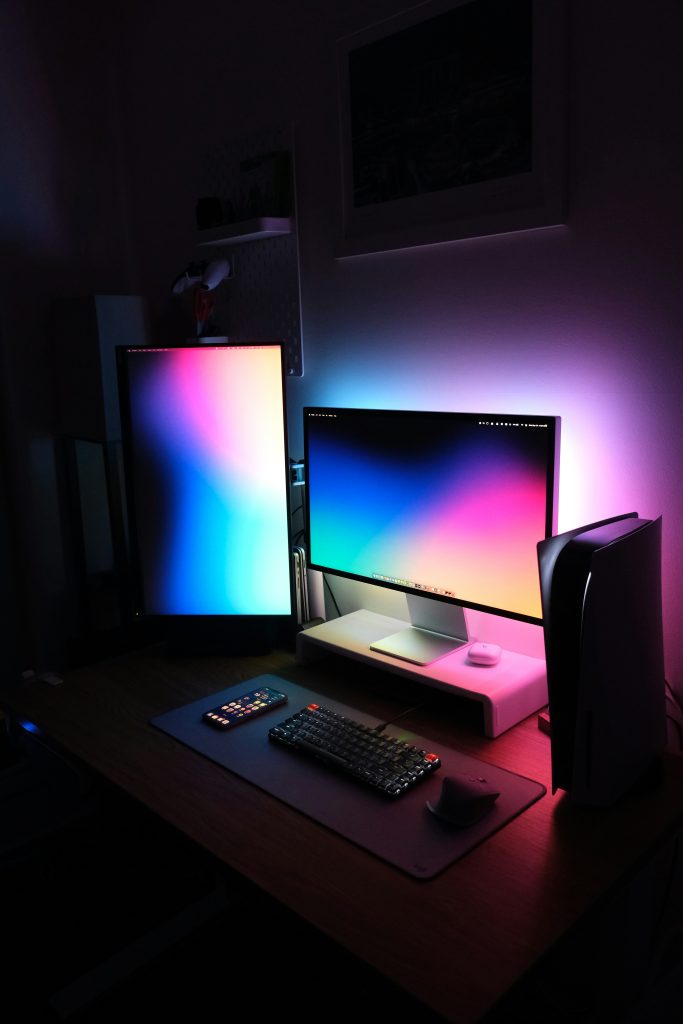Holograms Are Here: How Augmented Reality is Evolving into HoloTech
For decades, holograms have been the stuff of science fiction—floating visuals, lifelike 3D projections, and interactive illusions reserved for movies and imaginations. But the future has arrived faster than expected. Augmented reality (AR) is undergoing a radical transformation, pushing past flat overlays and into the next frontier: HoloTech.
2 From Filters to Fully Dimensional Worlds
The AR we’ve grown used to—Snapchat filters, Pokémon GO, virtual furniture in your living room—was only the beginning. These experiences augment our world through screens, but they’re confined to the 2D plane. Enter HoloTech, a new wave of spatial and holographic technology that breaks through that boundary, projecting light in space to create 3D visual experiences you can view from any angle.
This isn’t just about looking cool—it’s about changing how we see, interact, and connect in both the digital and physical world.

3 What Is HoloTech, Exactly?
HoloTech refers to the fusion of augmented reality with holographic and volumetric technologies. Unlike traditional AR, which superimposes flat images, HoloTech leverages advancements in light field rendering, spatial computing, and optics to create visuals that exist in space, without the need for a headset or screen in your hand.
Think of holographic displays from companies like Looking Glass Factory, which allow viewers to see 3D content without glasses. Or volumetric capture tech that records human performances in full 3D, creating holograms of real people for virtual concerts, remote communication, or immersive education.
4 The Tech Making It Real
1 Light Field Displays: These mimic the way our eyes perceive depth by projecting light in different directions.
2 Waveguide Optics & AR Headsets: Devices like the Apple Vision Pro and Meta Quest 3 use waveguides to layer holographic elements onto our field of view.
3 Volumetric Capture & 3D Reconstruction: Tech that captures people or objects from every angle, creating interactive holograms.
4 AI + Spatial Mapping: Machine learning helps these systems understand the environment in real time, anchoring holograms to physical space.

5 Real-World Use Cases Are Already Here
1 Remote Collaboration: Imagine Zoom calls with a full-body, life-sized 3D projection of your colleague in your office.
2 Healthcare: Surgeons can visualize anatomy as floating 3D models before making a single incision.
3 Retail: Try on clothes or preview furniture as holograms in your space, no headset required.
4 Education: Teachers can bring history, science, and art to life in three dimensions.
6 The Challenges Ahead
HoloTech is still emerging. Display resolution, hardware costs, processing power, and UX design all present challenges. But the trend is clear: tech companies are betting big on spatial computing. As hardware shrinks and computing power grows, the holograms will only get better—and more accessible.
The Future Is Holographic
From meetings with holograms to immersive live performances, we are moving toward a world where digital content will no longer live on screens—it will live around us.
HoloTech isn’t just a buzzword. It’s the bridge between the digital and physical worlds—and it’s already under our feet.






